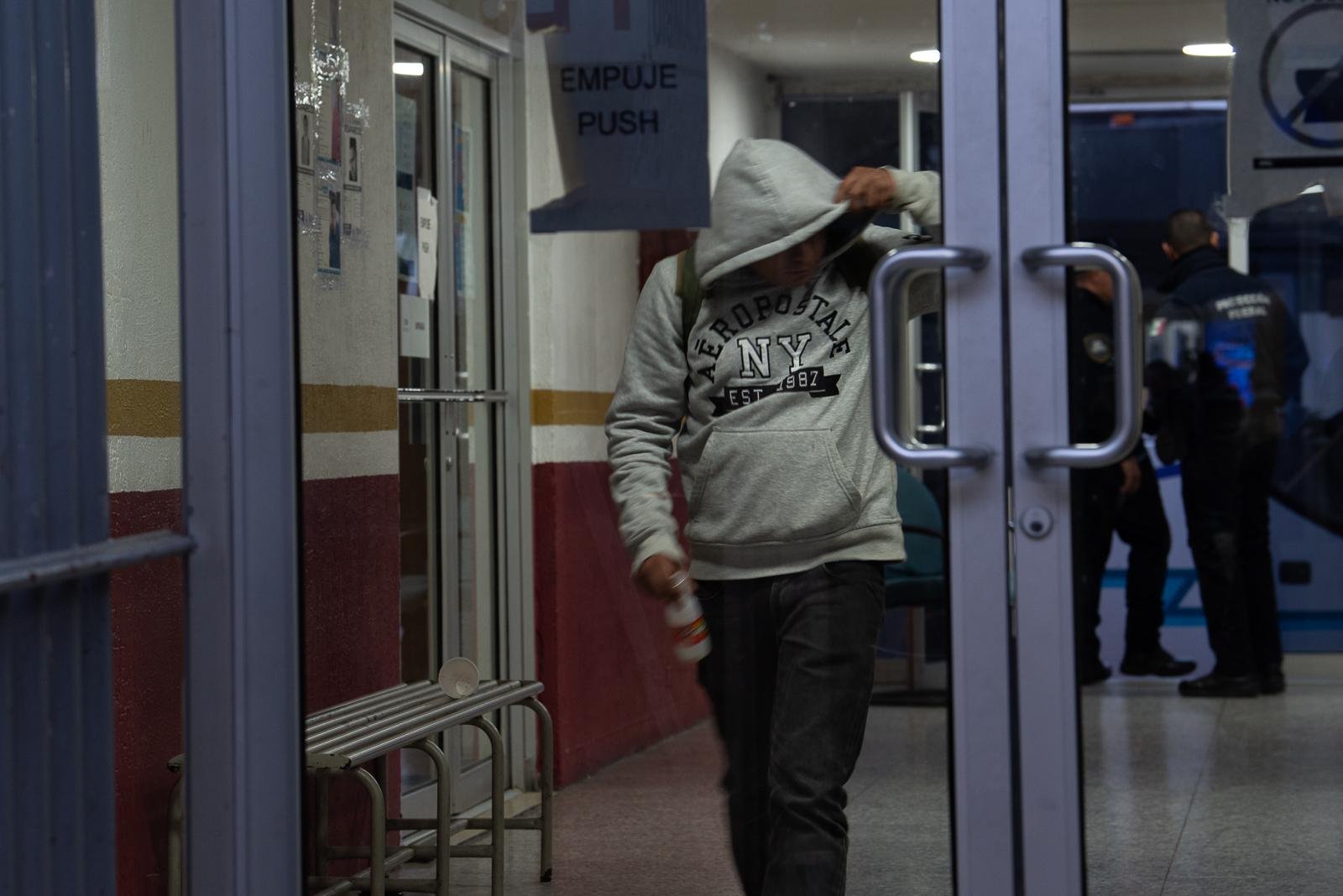arizona
Chaos Erupts as ICE Officials Detain Multiple Individuals at Phoenix Immigration Court

On Tuesday, a chaotic scene unfolded at the immigration court in Phoenix as federal agents detained several individuals, leading one attorney to describe the situation as “mayhem.” Clients who believed their cases had been dismissed were taken into custody just outside the courthouse.
Issac Ortega, an immigration attorney based in Phoenix, reported that agents arrested his client immediately following a hearing. The officials, who concealed their identities behind masks, identified themselves merely as federal officers.
Ortega stated that his client, a Venezuelan man in his 20s, had entered the U.S. via the CBP program, which facilitates asylum seekers. After the arrest, he was sent to a processing center in Phoenix, though it remains uncertain whether he would be transferred to detention in Eloy or elsewhere.
Footage captured outside the court showcased numerous masked agents surrounding unmarked vehicles. “My client has no criminal history and was in the process of preparing for a credible fear interview when he was taken,” Ortega explained.
ICE officials did not provide comments regarding the arrests on Tuesday evening. Reports indicated similar detentions in other courts nationwide, prompting concerns among immigration attorneys about expedited deportations.
Since January, the Trump administration has prioritized immigration arrests, involving various federal agencies such as the U.S. Marshals Service and the FBI. Earlier operations have led to significant arrests in multiple locations, including a recent four-day initiative in Washington D.C.
Ortega’s client, who came to the U.S. last fall through the CBP One program, had received a “notice to appear” after being released by CBP. However, the situation shifted dramatically after an April directive from Trump administration officials aimed at tightening parole programs.
Lindsay Toczylowski, president of Immigration Defenders, noted a disturbing trend where ICE officers have been present in courtrooms to ensure swift deportation proceedings after case dismissals.
Reports of similar tactics surfaced in cities such as San Francisco, Las Vegas, and Seattle. Critics argue that these moves jeopardize the integrity of legal proceedings and place vulnerable individuals at risk.
Ortega recounted his client’s push for compliance with immigration rules, only to be thwarted by shifting federal policies. The detention of innocent individuals under such circumstances raises ethical concerns about immigration enforcement practices.
Historical context reveals a significant shift in how ICE operates within courthouses. Previously, arrests were largely avoided in sensitive locations without imminent necessity; however, recent policies have erased those limitations.
Experts warn this approach could deter immigrants from seeking legal recourse, as fear of arrest looms large. “It has a chilling effect on people following the rules,” stated Mo Goldman, a Tucson-based attorney. “They want compliance, yet create an environment of fear,” he added.
This evolving landscape exposes a critical tension between legal obligations and the potential for deportation. As immigration judges remain tied to the Justice Department, advocates continue to voice concerns regarding impartiality in judicial proceedings.
Goldman encourages immigrants to attend court hearings with legal representation or support from trusted individuals, navigating a system fraught with risks. The current atmosphere places added pressure on uncertain immigrants striving to follow the law while evading deportation.
















